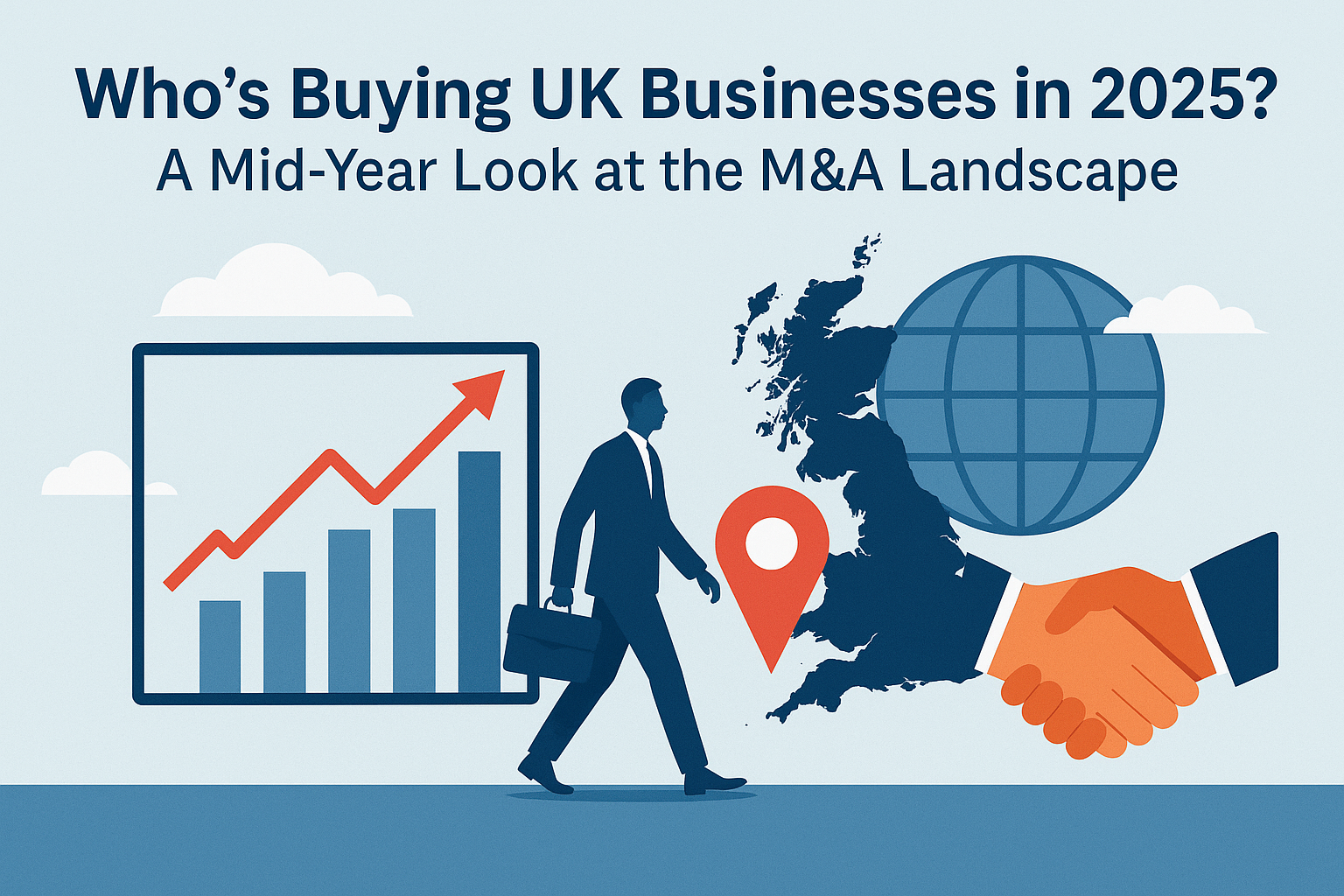Entrusting the ownership of your business to your employees is great, but how do they pay for it?

What’s the general public opinion of these companies: John Lewis Waitrose, Richer Sounds, Riverford and Aardman (the animation company behind Wallace & Gromit). Overwhelmingly positive compared to most businesses, right?
And what do they all have in common? That they’re owned by the people who work there.
Recent months have seen the breakout popularity of a scheme that’s been around since 2014. It allows employees to take an ownership stake in the business that they work in; the Employee Ownership Trust.
Structured correctly, it’s like a super-duper MBO that allows a group of employees to acquire a majority ownership stake in the company that they work for. There are numerous benefits, but the key financial advantages are that:
- it gives the business owner who sells to an EOT a relief from capital gains tax; and
- it allows a mechanism to pay employees annual bonuses, free of income tax.
It’s become more popular since we anticipated a change to CGT ahead of the March 2021 budget, to bring this tax in line with income tax. But that’s been deferred… for now.
So why else would you let your employees buy into your business? Well, as a general rule companies owned by their employees mostly have a greater sense of belonging, their productivity tends to be higher, and it provides a natural way to supercharge employee engagement.
There are lots of other benefits too, but the fundamental hurdle that always needs to be cleared in an EOT transaction… how will the employees raise enough money to pay for it?
This can come from a couple of different sources:
1. The company can pay cash from its balance sheet to the EOT, which in turn can be paid to the exiting shareholders i.e. the original founders;
2. The EOT and the exiting shareholders can agree on a loan where the capital and interest are repaid or drawn down from the ongoing profits of the company via a loan note;
3. The company can raise external financing from a bank or lender to fund the payments from the EOT to the exiting shareholders.
In all likelihood, your advisers would structure the consideration payable to the exiting shareholders using a combination of these dependent on individual circumstances. One of the key issues that they’ll need to take into consideration is the ongoing availability of cash in the operating company since debt levels will increase. It will be in everyone’s interest to ensure that the company has enough liquidity to meet its day-to-day needs and isn’t over-burdened by debt obligations.
As always, the best way to preserve cash in a company is to use somebody else’s money i.e. borrow from a lender. Using a lender can allow a day-one cash payment to the exiting shareholders (rather than no cash-out via a loan note structure). But what do banks and others think of EOTs?
Relatively speaking, lenders like EOTs. They will view them as an evolution of the traditional MBO which they’re comfortable assessing. The main advantage for them is that they should already know the management team and what they’re capable of.
Regularly the bank or lender will look to an ABL structure to support part or all of its lending. This is where the lender identifies a “borrowing base” and lends an agreed percentage against its value. The borrowing base can include assets such as invoiced debtors, property and fixed assets, and stock.
The bank will lend to the EOT who in turn can pay the funds on to the exiting shareholders. The repayments back to the lender are then funded by a gifting of cash from the operating company to the EOT.
The amount your EOT will be able to borrow will be in line with the way most M&A or leveraged transactions are commonly assessed at a high level. Banks are most comfortable talking about multiples of annual profits, mainly EBITDA. It’s a simple way to begin understanding where their appetite will begin for your company and sector.
For EOT structures, most lenders should be comfortable lending in the range of 1.0 to 2.5 times your EBITDA. For example, if the bank agreed that after any spikes, troughs and one-off adjustments your annual EBITDA was £1m, then in theory they’d consider up to £2.5m of lending. We call this EBITDA number your “structuring EBITDA”.
But this is only the beginning of the lending assessment and these numbers will of course change dependent on underwriting. The typical due diligence areas that the bank will focus on when assessing these types of structures are:
- Deal structure – Does the lender agree the EOT is a sensible approach to take? Are the terms acceptable? Will it overly burden the operating company in any way? How will the bank’s debt be treated with respect to other company debt especially any new loan notes? Are the shareholders suitably incentivised? Is a comfortable level of cash being retained in the business for day-to-day needs?
- Financial – Are the financial control systems acceptable? What’s the assessment of historical performance? Are the forecasts believable? Can the repayments survive downside stress? Are the cashflows sustainable enough to support the debt repayments i.e. not overly lumpy, seasonal or concentrated?
- Legal – How has the valuation of the company been arrived at? Is it sufficiently independent to avoid any conflict of interest? Have all the requisite clearances from HMRC been obtained?
- Commercial – DD is likely to be light-touch if required since your bank should already know you. It’s only likely to be required if you’re approaching a new lender for the first time or you operate in a sector that’s tricky to understand, such as life sciences.
- Management – again DD’s unlikely to be required if you’re approaching your existing bank since they should know you already.
This might seem like a lot to think about, but in actual fact the EOT should save on a lot of DD time and costs since the bank already knows the company’s commercial operations and management team. Remember, the interest costs of the borrowing are also tax-deductible.
Naturally the bank is going to require some structures and security in place to protect their downside should things go wrong. Basic things to expect are:
- A covenant suite that will provide early-warning signs for you and them should performance begin to decline. Additionally, it will likely include some sort of control that will prevent the repayment of loan notes ahead of the bank debt from any excess cash generated.
- The taking of a legal charge over the trust.
- A debenture pledged by the operating company.
If all goes well, this is likely a relationship that should work well for both company and bank. If trading performance has been on-track, then it’s very likely that the bank should be wanting to go again in three years and top-up the debt level to allow further payments. Again using someone else’s money rather than your own.
Branta’s team has deep experience of funding such transactions through our collective banking, accountancy and M&A career backgrounds. If you would like to discuss how you might fund your EOT or structure an event for the shareholders of your company, please email info@branta.co.uk and we’d be delighted to have a friendly chat.




